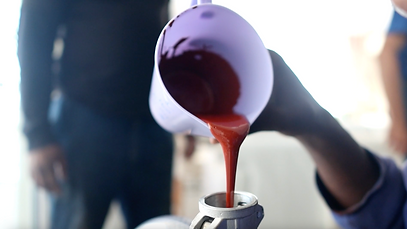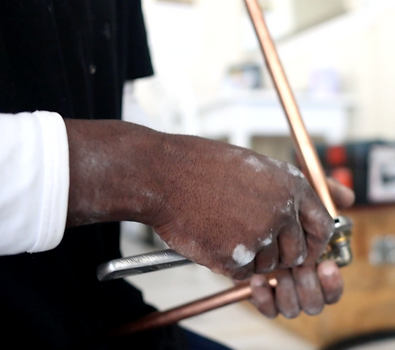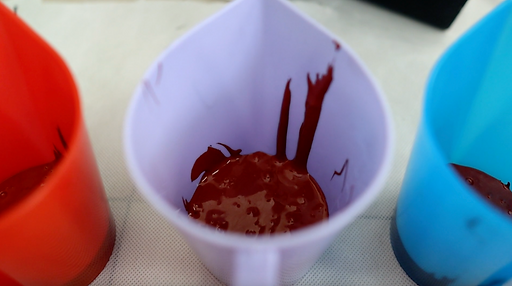
Pressurized water systems usually consist of potable and grey water systems, Water risers and water mains.

Pressurised Water Systems

History of the product
Epoxy pipe lining was brought to North America in 1987 by American Pipe Lining. The company began employing its epoxy lining technology as a sole source contractor to the United States Navy aboard its carrier vessels. American Pipe Lining’s success with the U.S. Navy brought immediate attention to land-based clients that required similar services in their buildings and underground piping installations.
Following EPA approval of its coating in 1988, American Pipe Lining began providing in-place pipe restoration services to clients that faced ageing potable water systems and poor water quality, including a variety of low and high-rise housing developments, schools, industries and water utilities.
What is in-place epoxy relining?
In-place epoxy pipe lining is a process that restores corroded or eroded piping systems without the costly expense and disruption of pipe replacement.
Pipe lining provides an efficient and effective alternative.
-
Significant savings over repipe or pipe replacement
-
Increases life of piping
-
Very little disruption, if any
-
Preservation of building structure and surrounding landscape or hardscape
-
Little to no destruction to the property



Common issues with a repipe or replacement of pipes include:
-
Patching and repair of the damaged structure
-
Inconvenience and disruption to building/facility occupants or residents
-
Safety concerns where asbestos insulation or other contaminants are present
-
The need to temporarily vacate occupants and dwelling tenants high monetary cost.
Common failures with pressurised water systems:
-
Minerals leaching from pipes into drinking water
-
Mineral deposits that limit water flow
-
Corrosion of the pipes and discoloured water
-
Pinhole leaks
-
Plugged fixtures and aerators
-
Joint Failures
-
Electrolysis
Why is pipe lining a better option than a repipe or replacing the pipes?
Pipe lining provides an efficient, effective alternative with many benefits, which include:
-
Significant savings over repipe or pipe replacement
-
Increases life of piping
-
Very little disruption, if any
-
Preservation of building structure and surrounding landscape or hardscape
-
Little to no destruction to the property

